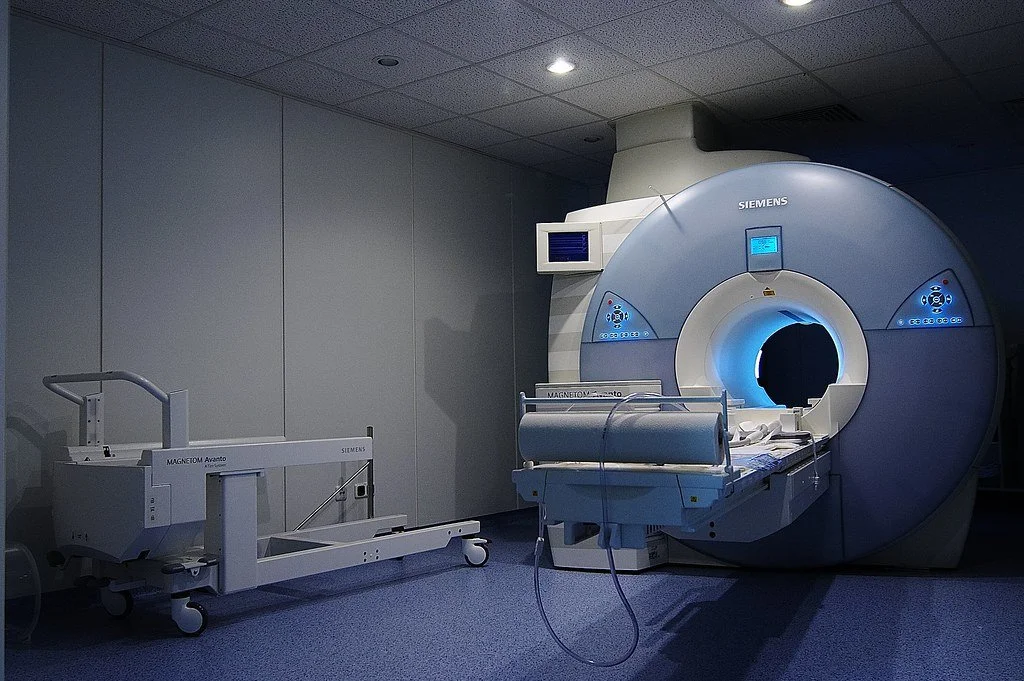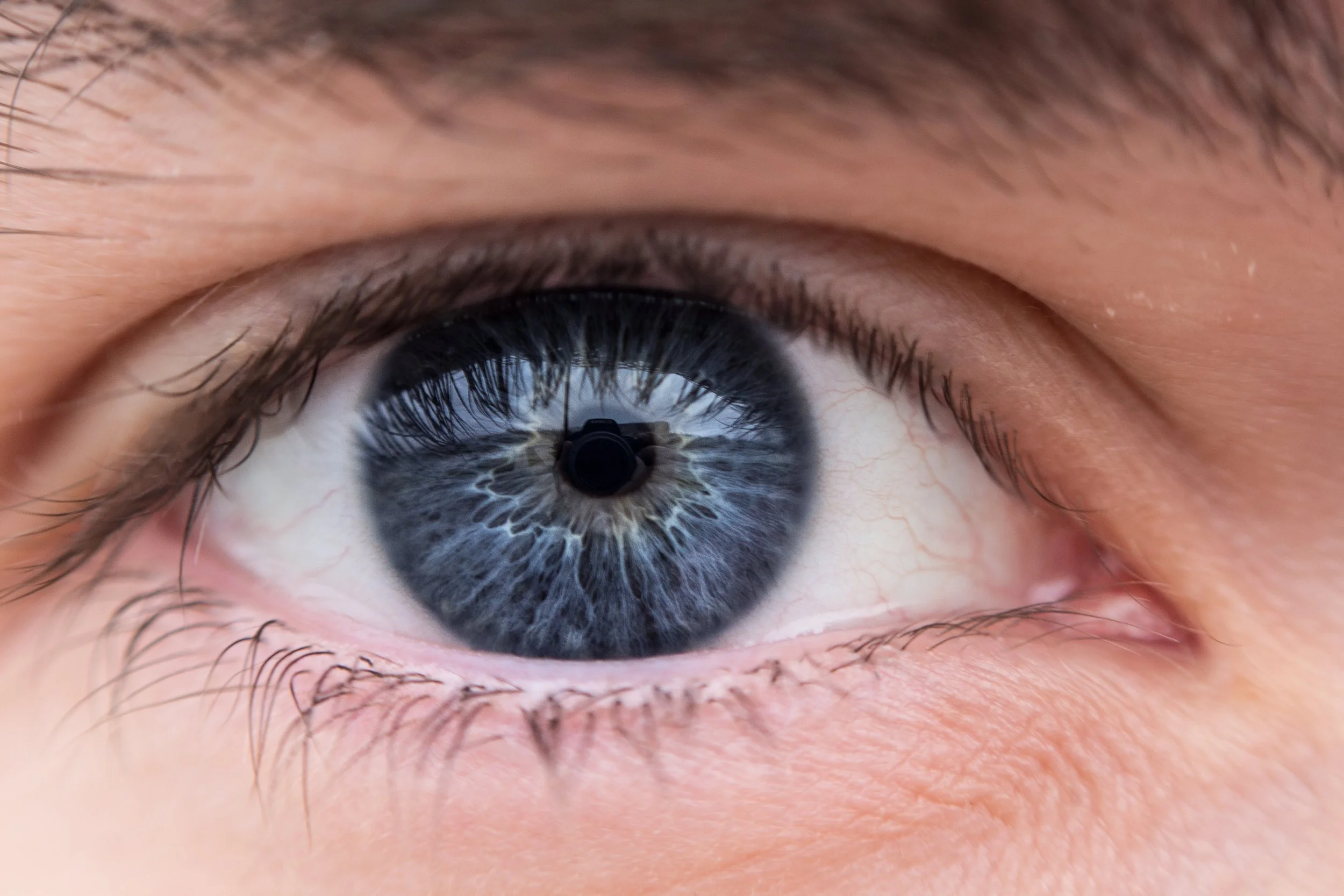Should I Get An MRI For My Pain?
What You Should Know About MRIs and Pain: Understanding the Risks
When you’re in pain—especially if it’s been going on for a while—it’s natural to want answers. Many people are sent for an MRI (Magnetic Resonance Imaging) scan to “see what’s going on.” MRIs can be helpful in some situations, especially if there’s a serious injury or a clear medical emergency. But according to modern pain science, getting an MRI for ongoing or unexplained pain might sometimes do more harm than good. Not because the scan itself is dangerous, but because of what happens afterward. Here’s
what you should know to make what I’d consider an informed decision.
1. MRIs Find Weird Stuff in Everybody—Even Healthy People
It might surprise you to learn that many people who feel perfectly fine - with no pain at all - will also have things like disc bulges, herniated discs, or arthritis show up on their MRIs. What’s not often talked about is that these are a normal part of the aging process, just like gray hair or wrinkles. In a widely cited study, Brinjikji et al. (2015) found that over 50% of 30-year-olds with no back pain had disc degeneration on an MRI scan. That number climbs to over 90% by age 60 (Brinjikji et al., 2015).
Similar research shows many asymptomatic people have bulging or herniated discs, “torn” cartilage, or even rotator cuff tears—without pain (Boden et al., 1990).
Yet when we’re in pain and we’re told that our MRI is showing something “wrong,” it’s easy to believe that this must be the cause of our pain - even if it’s not. This can lead us to think that our body is broken or damaged, even when it’s not a complete picture of what’s happening. The truth of our pain, while still not totally understood, has more to do with a complex interplay of neurology, psychology, immunology, and biochemistry - rather than the commonly held belief of it being primarily structural in nature. This concept is explored more fully in other posts on this blog but it’s important to remember - pain is about sensitivity, not injury detection!
What we’re experiencing when we’re in pain is not a 1:1 representation of what’s happening in our tissues, it’s more of an opinion the brain generates based on a number of different factors - many of which are not even rooted in our biology at all. The meaning, the context, our life history, whether or not we just got into a fight with our significant other - all of these things (and more) contribute to whether or not we experience pain.
2. Scary Words Can Make You Hurt More (Even If Nothing’s Actually Wrong)
You know what sounds terrible? Degenerative Disc Diseases. How about a ‘mild narrowing of the spinal canal’ or the dreaded ‘scoliosis’? These are just some of the many results that will typically accompany an MRI scan. The thing is: these are normal, age-related changes. Most people will actually get them as a part of the aging process.
Still, it SOUNDS terrifying, and these words have a real effect on how you perceive your situation - ultimately tilting your brain toward panic mode. When the brain thinks something is dangerous - even when it isn’t - it can turn up the pain dial to try and protect you. Remember, pain is a protective mechanism whose main function is to motivate behavior change to AVOID injury.
We as clinicians need to be mindful of the placebo effects evil twin, the nocebo effect: when negative information makes your symptoms worse. This is why it’s important for clinicians to take on an empowering and optimistic tone with their clients. We need to be mindful of how we contextualize our client’s painful experience. If we have any chance at helping those in pain, we need to bring awareness to the fact that the body is incredibly resilient, intelligent, and most importantly, ADAPTABLE.
This doesn’t mean that we withhold information, but we need to communicate it in a way that doesn’t create lingering narratives that exacerbate the situation we’re trying to alleviate!
Side Tangent:
This also doubles for other manual therapists who say things like, ‘Man your shoulders are really tight.’ or ‘There’s a huge knot right here.’ This kind of language takes our clients in the opposite direction from where they’re trying to go - namely, relaxation and ease. These are often justifications used to set the stage for more painful and invasive techniques that can actually sensitize the nervous system toward pain over time.
Check out my blog post on the top myths of massage therapy to learn more
3. MRIs Can Lead to Treatments You Don’t Need (and Didn’t Ask For)
Once something shows up on a scan, it’s incredibly tempting to “fix” it—whether it’s causing the pain or not. That can mean injections, surgery, or being told to avoid bending forever (no thanks).
But here’s what studies show:
MRI findings often don’t match up with where the pain is or how bad it feels (Jarvik & Deyo, 2002).
Surgery and other invasive treatments don’t work better than conservative care (like exercise, education, lifestyle change, and movement) in most cases of back pain (Foster et al., 2018).
The second one is worth contemplating because it’s one of the most common ways the modern medical system handles musculoskeletal pain. While it can be helpful in some specific cases, it’s not very consistent for those struggling with chronic pain. Most professional guidelines encourage surgery as a last resort after trying the above mentioned conservative care. It’s not rare for a surgical intervention to actually create new problems for the pain sensitivity system. This is why we should choose them sparingly and after we exhaust other less invasive methods.
The problem with this is that the responsibility falls on our shoulders to manage our painful situations. This active approach asks a lot more of us than the traditional passive approach of paying somebody else to take care of our issue. It requires curiosity, patience, courage, determination, and strong self-compassion. It is possible though! With the help of a competent pain-science informed clinician (of any kind really) you can begin to initiate the changes required to live a less painful life.
4. Pain Is More Than What Shows Up on a Scan
This is the heart of modern pain science: pain is not just a sign of tissue damage. It’s a complex experience shaped by your brain, emotions, environment, past experiences, and yes—your beliefs about what’s going on. This is why it’s incredibly tricky for any practitioner to take the position that they KNOW what’s causing your pain. You’re the only one who’s going to know the intimate details of your life. This is why it’s wildly important to understand the mechanisms of pain and the common variables that amplify it. The way out of pain is to engage with it, learn your unique experience of it, and then make the appropriate changes where possible.
While it’s natural to want a clear, physical answer for your pain, the reality is more complex—and more hopeful. You’re not broken. You’re not stuck. Your body is strong and adaptable, and with the right approach, your pain can change. The notion that the issue is within our neural circuitry and biochemistry rather than the gross material of our muscles, joints, and bones actually opens up the doorway to many different forms of treatment.
There’s a sense of creativity and choice that comes with this understanding that in and of itself can prove to be deeply transformative. With this in mind, if we’re so bold enough, we can turn this moment of pain sensitivity into a portal that leads us to a deeper connection with ourselves - whether it’s our habits, our thought patterns, our coping mechanisms, or simply what we do during our downtime.
What You Can Do Instead
If your healthcare provider suggests an MRI, it’s okay to ask questions like:
“What are we hoping to find?”
“Will the results change what we do?”
“Is it possible that what I’m experiencing is a result of sensitization rather than tissue pathology?”
It’s also okay to focus on what helps you move better, feel safer, and regain your confidence. Understanding pain, staying active in a way that feels right for you, and addressing stress or fear around your pain are powerful steps. I would be happy to offer any assistance to you on this journey. This could look like simply providing a safe container for you to relax your nervous system for a moment - offering you space to reconnect with your inherent ease through massage therapy. It could also look like meditation training, clean language facilitation, or education on pain science and a collaborative plan on how to create lasting lifestyle change.
Final Thoughts: You’re Not Broken—You’re Just Human
Pain is real. Your experience matters. But just because an MRI finds something doesn’t mean that thing is the problem. And just because you feel broken doesn’t mean you are broken. Surely there are points where an MRI is the appropriate thing to seek out, but I’d wager that it’s overused in diagnosing musculoskeletal pain. The goal of this blog post isn’t to dissuade you from seeking this specific approach to treatment but rather equip you with the up to date understanding of the associated risks.
Modern pain science is giving us new ways to think about pain—and better ways to deal with it. You don’t need a perfect scan to start healing. You just need good support, solid information, and maybe a bit of curiosity along the way.



